How Audio Engineers Record And Develop Engine Noises In Car Games

If you’ve ever played a racing game, then you’ve heard the work of an audio engineer. Most people mistake the audio engineer’s job as something similar to that of a film sound designer, but that’s just not the case; getting to the point where a realistic sound is generated during a fast-paced racing game is perhaps the most difficult part of development.
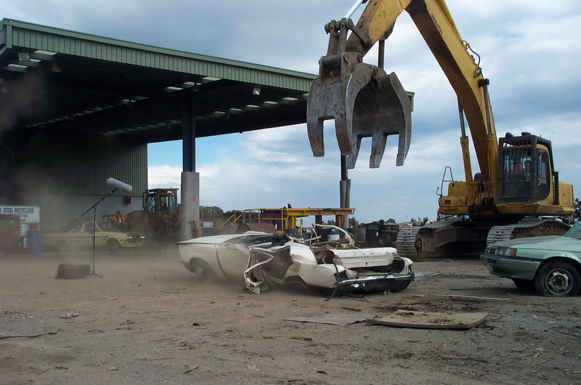
What are the first things critics review when a new game emerges? Graphics, physics and gameplay. What are critics least likely to mention? The sounds. We have all experienced those games in which the sounds don’t match up, and we are quick to bash them as poor quality. Are we as willing to praise a game when the sound is near perfect? Probably not…which is why it’s time to give credit where credit is due!
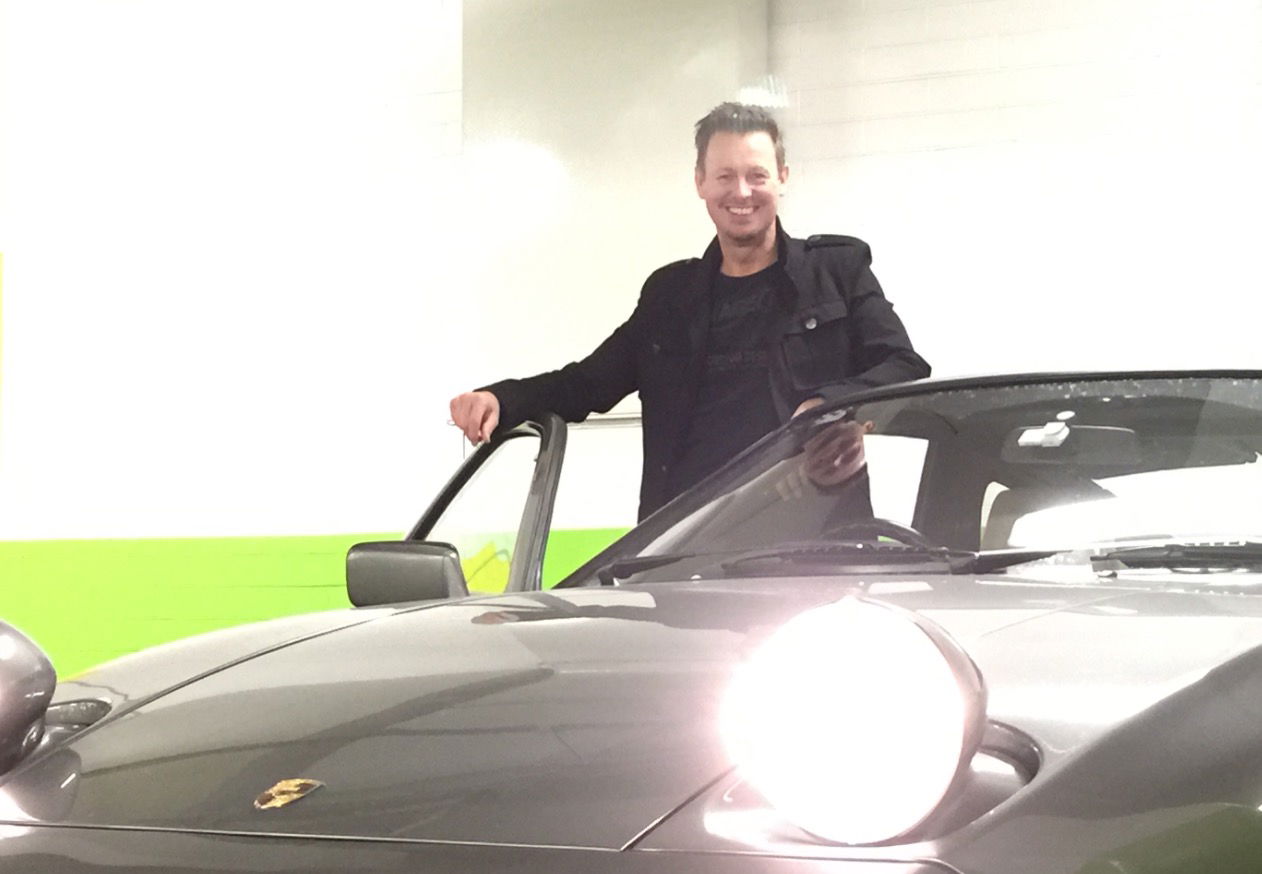
To find out more about the process behind sound design, and why it is so grossly underestimated, we caught up with car audio legend Greg Hill (who happened to be in the middle of working on a game). If you’ve never heard Greg’s name, that’s okay. You have definitely heard his work. Greg is a sound designer at Soundwave Concepts. He specialises in vehicle sounds for use in anything from mobile apps to high-end professional simulators used by F1 racing teams. He has worked on loads of racing titles including Project CARS, iRacing, rFactor 2, The Crew, Colin McRae: DiRT, NFS: Shift, World of Speed and dozens more. (Seriously, the list goes on forever.) Here’s what Greg had to say about the process of making a sound ‘fit’ the action of the game:
"For engine sounds most people think we just record a car and throw the sound into a folder and it magically just works in the game. Game sounds are interactive - unlike passive sound like movies where the sound is baked onto an audio track. Our way of working is different from recording, editing and implementation. So sound has to be recorded a certain way so it can be decomposed and reconstructed into a ‘sonic model’ and linked to the physics so the player has full control over every parameter. Engine sounds are modulated in so many ways like RPM, Engine Load, Drivetrain Flex, Gear Shifts, Transmission Whine and the way it reacts to the environment (cockpit, chase view, trackside)."
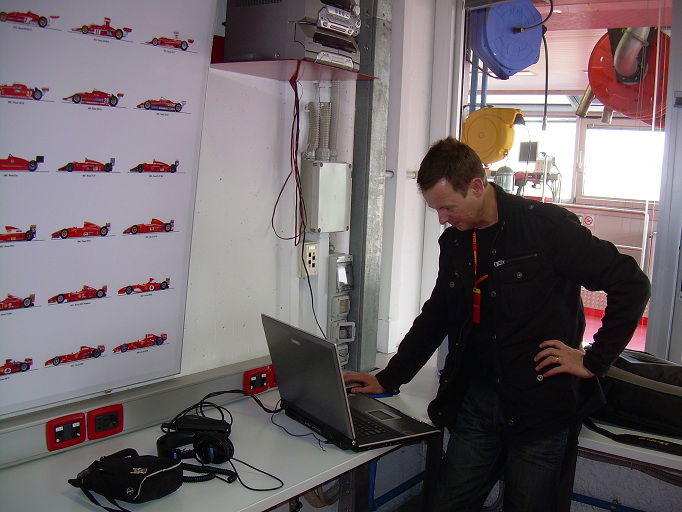
We were convinced that most gamers didn’t appreciate all this effort while enjoying the end result, but what about the people who are collaborating with the sound designers? Greg elaborates for us:
"I actually spend a lot of time working with the physics engineers because sound and physics are intimately linked. Sound is the instrument, but physics is surely the hands of the musician…if the physics are wrong it won’t sound right either! It’s a lot to juggle and fit within CPU and memory constraints. The misunderstanding of all this is the cause of much stress between sound designers and everyone else who thinks that just because they can operate an iPod are somehow qualified to judge all aspects of interactive audio. Even some top producers of AAA titles don’t understand how involved interactive sound is and many sound designers are left feeling very much unappreciated."
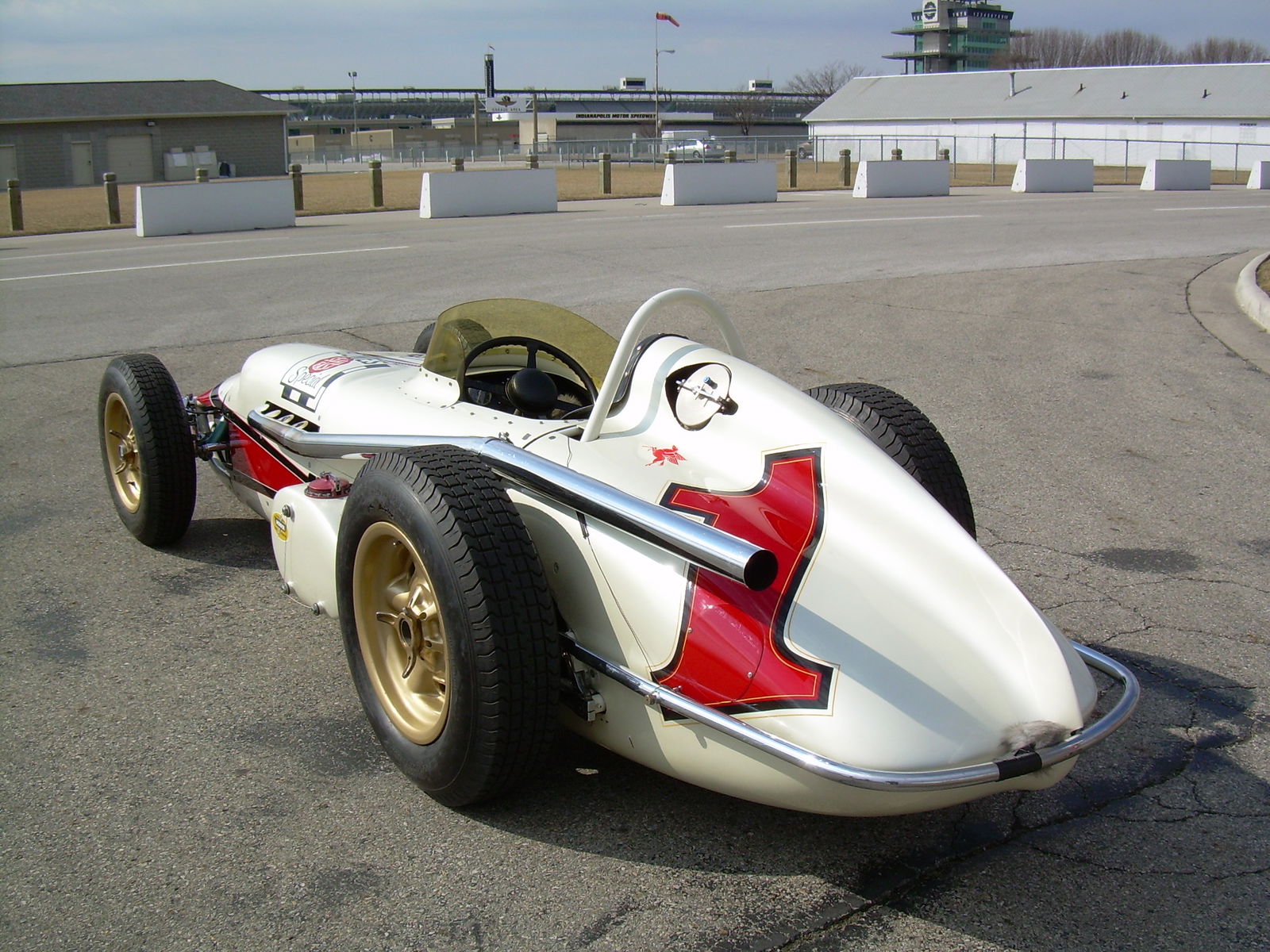
We were wondering where it all started for Greg. How does someone go from an average Joe to getting where he is now? He says it was a combination of his three passions: music, cars and teaching multimedia. Greg had been a musician since the seventies and had volunteered at a recording studio, which helped him learn all about proper recording techniques and editing. Many years of teaching multimedia hardware and software to senior students kept Greg ahead of the curve with the latest technology. His love for cars started when he was young, pumping fuel near Sandown Raceway, where a lot of race teams visited. The station’s chief mechanic showed him how engines worked, but the thing that really stood out to Greg was the sound of the modified engines and exhaust systems.
What are your early experiences with racing games?
"I think my first computer system was an Atari 2600 1977 and I soon moved to racing games like Pole Position, Sega Rally, Ridge Racer, Daytona, Indianapolis 500: The Simulation 1989. I hated the way racing games sounded. I started modding games from the early 90s. I had to teach myself to record, edit and implement sound. I approached a few game developers and worked for free if they coded up my crazy ideas in sonic modelling. I was shocked at the excellent results and that started it all!"
The initial developers for Indianapolis 500: The Simulation are now behind the iRacing simulation software. Greg has been working with them now for nearly 20 years.
Are there any games that stand out to you?
"rFactor, F12000 series, GTR 1&2, NASCAR 2002, Project CARS and iRacing. All of these titles have raised the bar in racing game audio to some extent. Even some games I no longer work on have maintained the core audio systems I helped develop. I’m also extremely proud of the work I’ve done in the development of audio middleware software like FMOD."
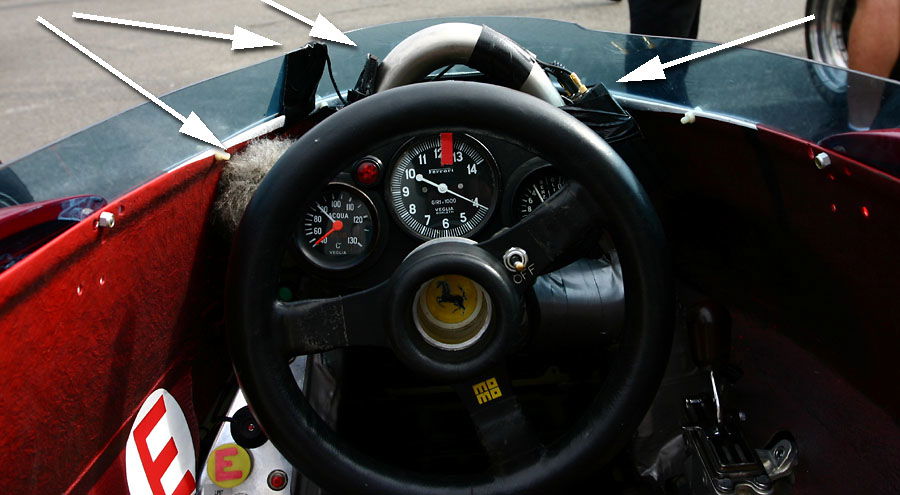
Are there any hard-to-capture moments that us regular gamers take for granted?
"Probably the hardest vehicles to record would have to be F1s and Go Karts. There is no room in an F1 car so I use the smallest recorders, and where on earth do you put microphones that are going to be exposed to 300Kph winds? Just blowing lightly on a microphone makes a loud booming sound. I’ve learnt how to make my own windshields. The difficulty with a Kart is they are skeletons – just thin tubes, a seat and motor, that’s it! Where do you put recording equipment? I can mic up a race car in about 30 minutes, but I need an hour or more for a Kart or F1 car. Motorbikes can be hard as well, but I tend to record those on dynos these days."
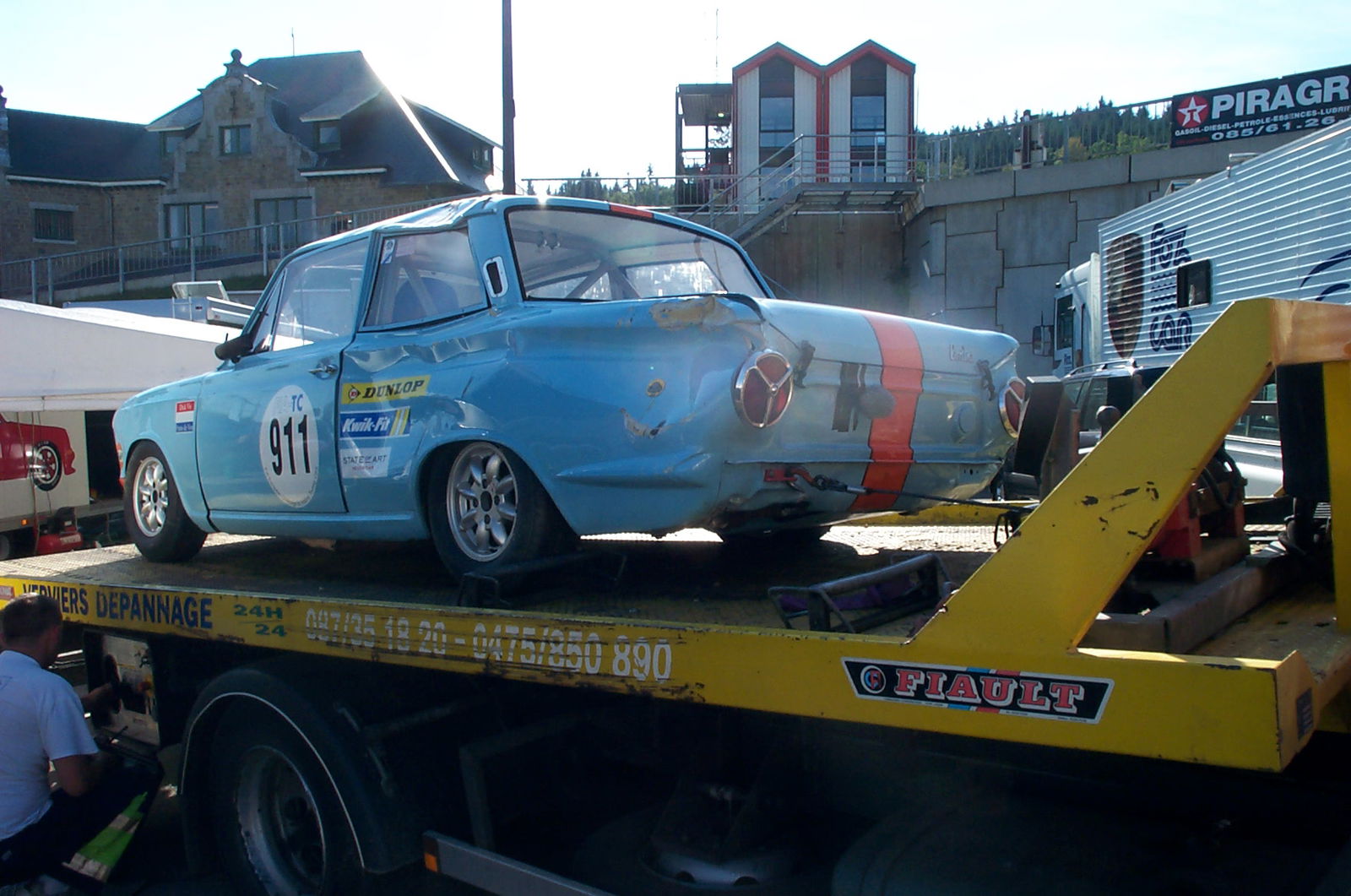
What was your worst day on the job?
"Sometimes everything goes wrong. I’ve melted microphones, broken expensive recorders, shut the hood and cut mic-cables, forgot to press record, drives fail, mechanical vibration crashing drives, had pro drivers that had difficulty following instructions, etc. I’ve even had a car crash with my gear onboard (Cortina GT at Spa). I still have the recording. It’s pretty cool – no one was hurt. I had a Ducati blow a tyre on a dyno at 300kph and filled the dyno room with smoke and the driver nearly came off!
"One of the hardest trips for me was to Indianapolis to record old IndyCars right out of the museum. It was a dream come true and probably will never happen again. I mean these cars hadn’t turned over in years and I was actually going to recreate history by recording the sounds of these wonderful beasts. As exciting as that sounds from day one I managed to come down with the worst flu and what later turned out to be pneumonia with a partially collapsed lunge. I dragged myself through that whole trip, I got back to Australia on the most horrific agonising 22-hours flight ever only to find my luggage was lost - gone. All the recordings were in my luggage! The combination of pneumonia and stress nearly killed me. Thankfully, my luggage turned up a week later. I’m totally fine now, that was 10 years ago and I used DAT tape to record on so you can’t do a backup on the road. Today with solid state drives I can duplicate copies of everything and also upload to my server from anywhere in the world."
After all that work to make gamers happy, Greg still has time to build something more. The RevHeadz mobile app (iOS and Android) is a simulator created for engine sound enthusiasts. It is incredibly detailed, and the sounds range from classic to modern track, and off-road vehicles. You can download the free app and purchase the add on packs once you get addicted.
Comments